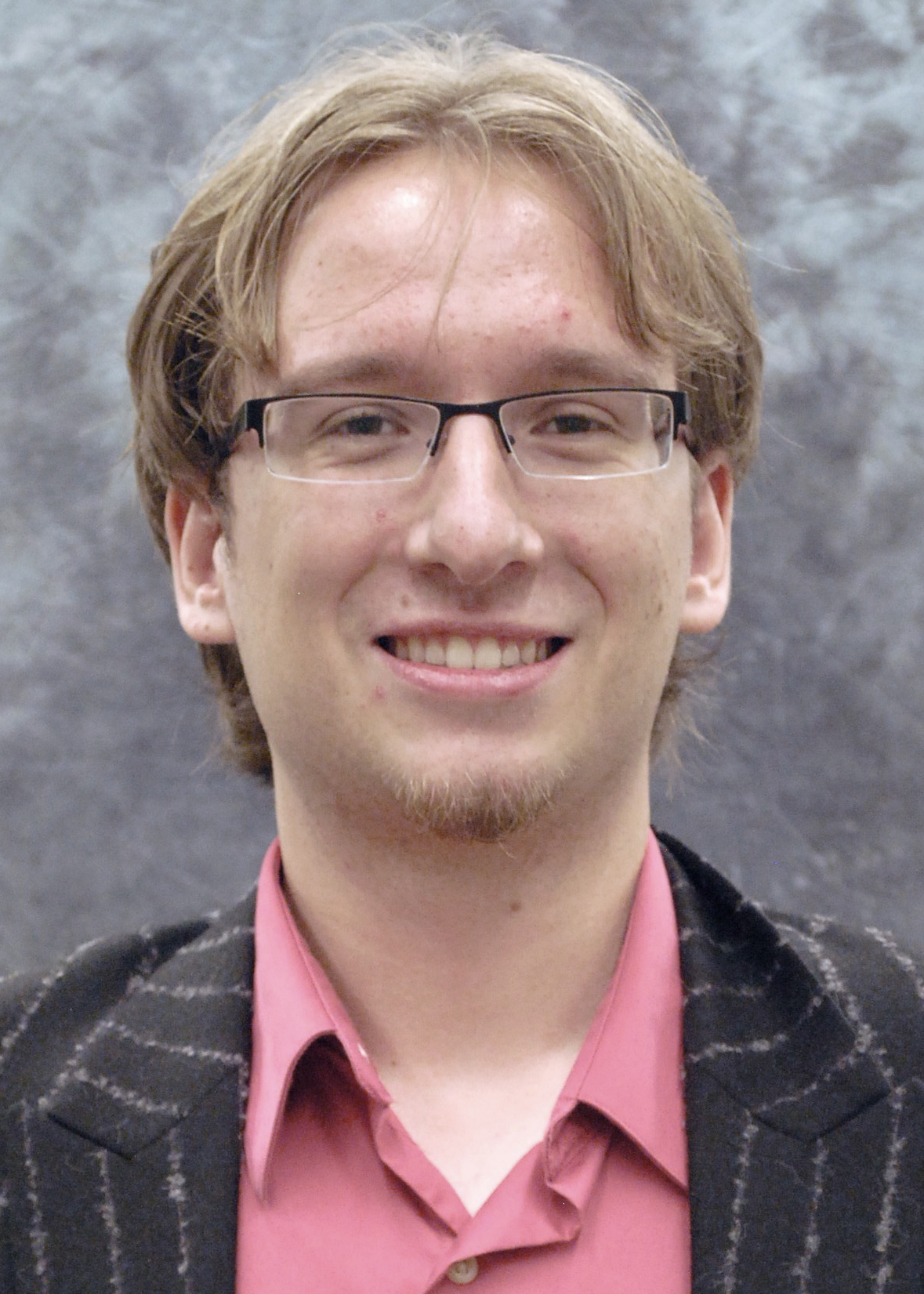ChE Faculty Lectureship Seminar: Brandon Bukowski
| Event Date: | April 23, 2019 |
|---|---|
| Speaker: | Brandon C. Bukowski |
| Speaker Affiliation: | Purdue Chemical Engineering |
| Time: | 3:00-4:15 pm |
| Location: | FRNY G140 |
| Contact Name: | Davidson School of Chemical Engineering |
| Open To: | Attendance required for PhD students |
| Priority: | No |
| School or Program: | Chemical Engineering |
| College Calendar: | Show |
Brandon C. Bukowski
2019 Faculty Lectureship Winner
 Brandon C. Bukowski
Brandon C. Bukowski
2019 Faculty Lectureship Winner
Davidson School of Chemical Engineering
Purdue University
Ab-initio simulations of condensed water structures in microporous solid acids and their role in heterogeneous catalysis
Abstract:
Microporous materials, such as zeolites, provide exciting avenues for controlling chemical reactivity through the stabilization of reactive intermediates and transition states by interactions with surrounding pores. This confinement effect has been previously discussed as a design principle to drive reaction rates and product selectivities, which is independent of catalytic metal atom identity at the active site. For chemical reactions catalyzed in the liquid phase, such confinement effects are closely coupled to the role of various defects in zeolite pores and their ability to stabilize solvents. These phenomena are paramount to the design of new catalysts for applications such as biomass conversion or the on-demand production of fine chemicals, but due to the complexity of solvent-defect-pore interactions, little systematic understanding exists.
To probe the physical and chemical processes that underlie heterogeneous catalysis in liquids in confined geometries, the structure of water at defects in Beta zeolites will be interrogated using molecular dynamics from first principles using ab-initio simulations. The range of defects considered include catalytic Sn heteroatoms and post-synthetic silanol defects. Sn heteroatoms can adopt two different speciations which influence water structure differently as compared to defect-free and silanol-containing pores. For both types of Sn sites, densely nucleated water clusters which persist at higher water pressures are observed. Shifts in water stretching frequencies are compared with experiments, and a graph theory-based clustering algorithm is employed to understand changes in the structure of hydrogen bonding networks. These results highlight the diverse characteristics of water in confined spaces. The functionalization of zeolites with defects chosen to control hydrophobic and hydrophilic contacts to stabilize transition states provides additional tunability to rationally design next generation catalysts. These principles could be further generalized to classes of materials beyond zeolites; such as metal-organic frameworks (MOFs), carbon polymorphs, or other types of oxides.
